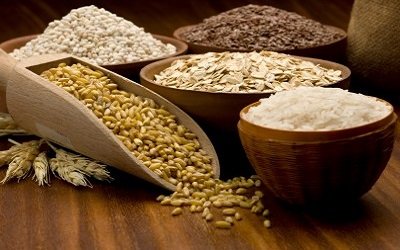Inside BENEO’s new pulse plant: pioneering sustainable protein from faba beans
Cereal grains are a staple of human diets all over the world. A study was published in the Journal of the Science of Food and Agriculture by Hans Stein, University of Illinois Animal Sciences Professor and his team, to determine which cereal grains are best suited to different nutritional needs.
“However, cereal grains do not all make the same contributions to the diet,” said Stein. Researchers at the University of Illinois are using nutritional studies in pigs to determine which cereal grains are best suited to different nutritional needs. “Determining energy and nutrient digestibility in humans is difficult and expensive. Fortunately, the growing pig is a good model for humans,” said Stein.
An experiment was conducted to compare the concentrations of digestible and metabolizable energy in eight cereal grains, using growing pigs. On a dry matter basis, dehulled oats had the greatest concentration of digestible energy (4,330 kcal/kg), followed by polished white rice (4,188 kcal/kg), dehulled barley (4,167 kcal/kg), Nutridense corn (4,155 kcal/kg), wheat (4,126 kcal/kg), yellow dent corn (4,036 kcal/kg), sorghum (3,985 kcal/kg), and rye (3,875 kcal/kg).
Dehulled oats also contained the most metabolisable energy at 4,180 kcal/kg. Polished white rice was next at 4,063 kcal/kg, followed by dehulled barley (4,055 kcal/kg), Nutridense corn (4,030 kcal/kg), wheat (3,975 kcal/kg), yellow dent corn (3,934 kcal/kg), sorghum (3,878 kcal/kg), and rye (3,772 kcal/kg).
Stein said that these data could help different populations meet their nutritional needs. “For people who need to increase their caloric intake, rice and dehulled oats are the preferred cereal grains. However, for people whose goal is to reduce the glycemic index of their diet and prevent weight gain, sorghum, and rye may be more suitable.”
Dehulled oats provide more energy to diets and should be used if the goal is to increase caloric intake. In contrast, sorghum and rye may be more suitable to control diabetes and manage body weight of humans.

